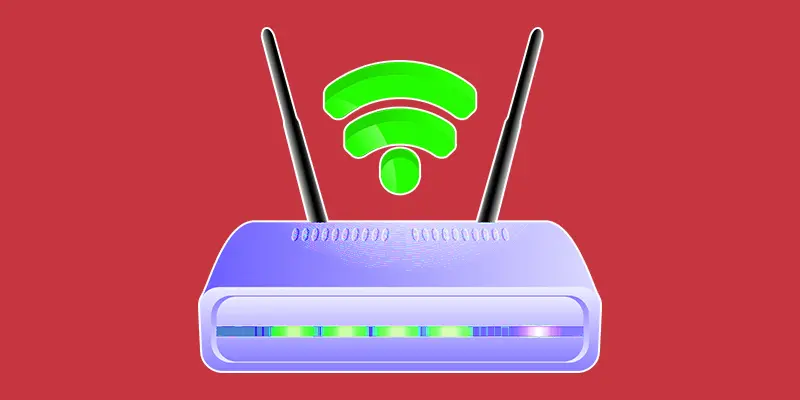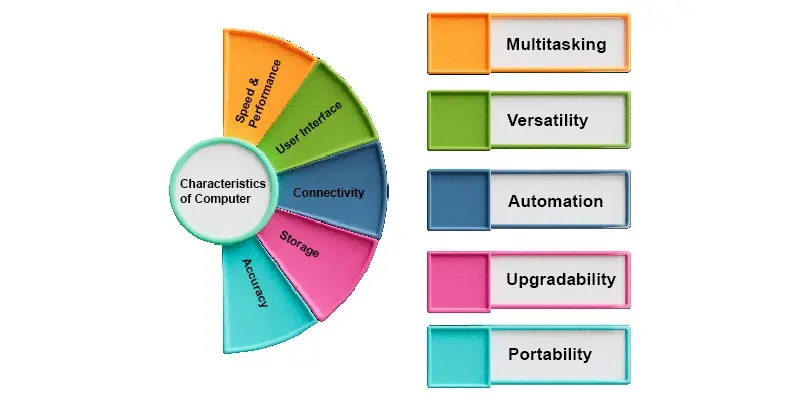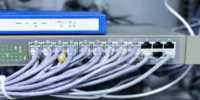Computer Full Forms: Generations 1st to 5th Explained
Published: 28 Jan 2024
What about the Computer?
A computer is a modern and helpful machine that accepts, processes, and stores data. It keeps all kinds of information in its memory. When someone needs information, the computer can quickly provide it, helping to solve human problems. Computers are now a necessary part of our life. Most people use computers for various activities, including typing documents, communication, research, web & browser, education, sending emails, and watching daily social updates.
What is Computer Full Form?
The term “Computer” is often associated with the acronym “Common Operating Machine Purposely Used for Technological and Educational Research.” 🖥️ It’s a powerful device used for processing, storing, and retrieving data across various industries. 📊
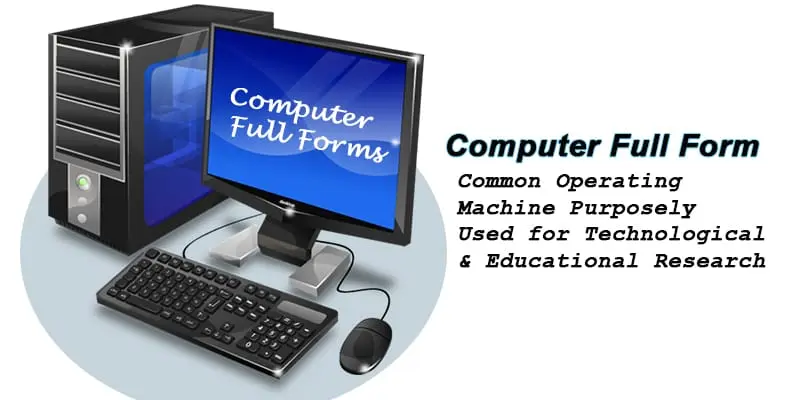
Computer Full Forms: A Complete List from Beginner to Expert
Computer full forms are essential to understanding various terms used in the tech world. From CPU to URL, each acronym has its unique meaning and function. 🌐💻 Knowing these full forms helps you navigate the digital world more effectively! 🚀These full forms can be grouped into several categories for better understanding:
- General Term
- Hardware
- Software
- Networking
- Organizations
Computer Full Form (General Terms)
🖥️ A computer, in general terms, is a versatile electronic device that processes data, enabling tasks like computation, communication, and entertainment.
General Term Full Forms
- 🖥️ PC: Personal Computer
- 🧠 CPU: Central Processing Unit
- 💾 RAM: Random Access Memory
- 📚ROM: Read-Only Memory
- 🔋 UPS: Uninterruptible Power Supply
- 🌐 LAN: Local Area Network
- 🔍 IP: Internet Protocol
- 📠 URL: Uniform Resource Locator
- 🖨️ CD: Compact Disc
- 🖱️ USB: Universal Serial Bus
- 🌟 GUI: Graphical User Interface
- 📊 BIOS: Basic Input Output System
- 🔒 VPN: Virtual Private Network
- 📡 WAN: Wide Area Network
- 💡 LED: Light Emitting Diode
- 🗂️ PDF: Portable Document Format
Computer Full Form (Hardware)
A COMPUTER is a Commonly Operated Machine for Processing, Understanding, and Transferring Electronic Requests. It is an essential hardware-based device used for a variety of tasks. 🖥️
Forms of Hardware
- 🧠CPU: Central Processing Unit
- 🖱️ Mouse: Input Device
- ⌨️ Keyboard: Input Device
- 💾 Hard Drive: Storage Device
- 🎧 Headphones: Audio Output
- 🖨️ Printer: Output Device
- 💡 Monitor: Display Device
- 🧮 Motherboard: Main Circuit Board
- 🔋 Battery: Power Supply
- 📡 Wi-Fi Adapter: Networking Hardware
- 🎥 Webcam: Video Input Device
- 💻 Laptop: Portable Computer
- 🖱️ Trackpad: Input Device
- 🕹️ Joystick: Input Device for Gaming
- 💽 Optical Drive: Storage Device (CD/DVD)
Computer Full Form (Software)
A COMPUTER is a Complex Operating system for Managing Programs, Utilities, and Tools for Efficient Running. It’s powered by software that drives all tasks. 🖥️🔧
Forms of Software
- 🖥️🔧 API: Application Programming Interface
- 💻📊 OS: Operating System
- 📱🎮 App: Application Software
- 🔐🛡️ Antivirus: Security Software
- 🖥️💻 IDE: Integrated Development Environment
- 🌐🔍 Browser: Web Browser
- 📈📊 Spreadsheet: Data Management Software
- 📝✏️ Word Processor: Document Creation Software
- 🎵🎧 Media Player: Audio/Video Playback Software
- 🖨️💡 Driver: Hardware Control Software
- 🧑💻💾 Utility: System Tools Software
- 🧠💡 AI Software: Artificial Intelligence Program
- 📊📈 CRM: Customer Relationship Management Software
- 🕹️🎮 Game: Video Game Software
- 🗃️🔄 Database: Data Management Software
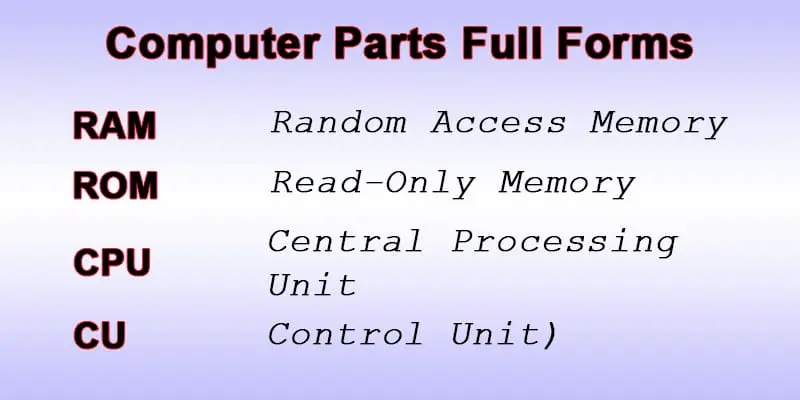
Computer Full Form (Networking)
A COMPUTER is a Connected Organization for Managing Personal and Universal Transmissions, Enabling Remote connections through networking. 🌐
Forms of Networking
- 🌐 IP: Internet Protocol
- 📡 Wi-Fi: Wireless Fidelity
- 💻 LAN: Local Area Network
- 🌍 WAN: Wide Area Network
- 🛡️ VPN: Virtual Private Network
- 🏢 MAN: Metropolitan Area Network
- 🌐 DNS: Domain Name System
- 🌍 HTTP: HyperText Transfer Protocol
- 🔒 FTP: File Transfer Protocol
- 📶 Bluetooth: Short-Range Wireless Network
- 📧 SMTP: Simple Mail Transfer Protocol
- 📜HTML: HyperText Markup Language
- 🎨CSS: Cascading Style Sheets
- ☕Java: Just Another Virtual Accelerator
- 🗂️SQL: Structured Query Language
- ⚙️.exe: Executable File
- 💬 RSS: Really Simple Syndication
- 🔒 SSL: Secure Sockets Layer
- 🌍 CDN: Content Delivery Network
- 📱 PWA: Progressive Web App
- 🖥️ MAC: Media Access Control
- 💻 IDE: Integrated Development Environment
- 🧠 AI: Artificial Intelligence
- 💡 CRUD: Create, Read, Update, Delete
- 🗃️DBMS: Database Management System
- 📠 OCR: Optical Character Recognition
- 📊 BI: Business Intelligence
- 💬 IRC: Internet Relay Chat
- 🔗 POP3: Post Office Protocol Version 3
- 🌐 SNMP: Simple Network Management Protocol
Computer Full Form (Organizations)
A COMPUTER is a Collaborative Organization for Managing Processes, Unifying Teams, and Enhancing Resource-sharing within businesses and institutions. 💼
Forms of Organizations
- 🏢 NGO: Non-Governmental Organization
- 💼IBM: International Business Machines
- 📞FCC: Federal Communications Commission
- 🏛️ SME: Small and Medium Enterprises
- 🏫 LLC: Limited Liability Company
- 🌍 MNC: Multinational Corporation
- 🏦 PLC: Public Limited Company
- 🏢 B2B: Business to Business
- 🏙️ B2C: Business to Consumer
- 💼 CIO: Chief Information Officer
- 🧑💼 CEO: Chief Executive Officer
- 📈 R&D: Research and Development
- 📊 HRD: Human Resource Development
- 🌍 TNC: Transnational Corporation
- 🏢 SOHO: Small Office/Home Office
- 🎓 IIT: Indian Institutes of Technology
- 🌱 CSR: Corporate Social Responsibility
Generation of Computer 1st to 5th
Each generation of computers has brought big changes. They have become stronger, smaller, and better at solving hard problems. Computers keep getting better and better. Now, let’s look at the different types of computers from the first to the fifth generation.
First Generation of Computer
During the 1940s and 1950s, the first generation of computers was formed. The first computer was operated using vacuum tubes. They were very slow and took a lot of space. These computers were mainly used to perform basic calculations.
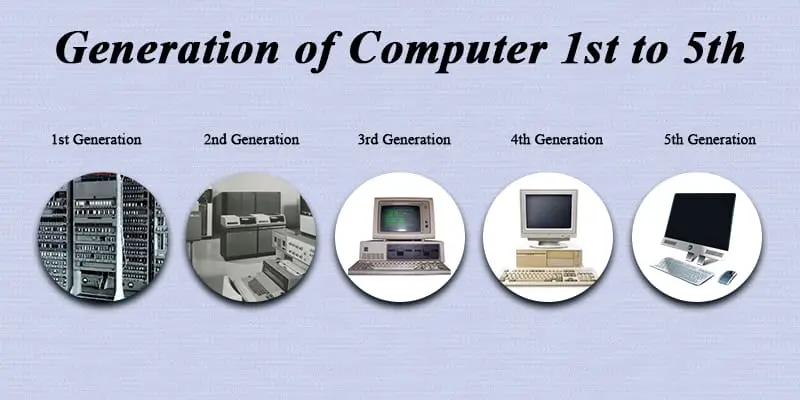
Second Generation of Computer
During the 1950s-1960s, the second generation of computers was formed. Computer’s second generation saw computers’ introduction and transistors, making them smaller, faster, and more reliable. Now, they can store information in magnetic cores and use it for input and output.
Third Generation of Computer
The third generation of computers started in the 1960s and lasted through the 1970s. During this time, computers became smaller, faster, and more powerful. Integrated circuits replaced transistors, making computers more affordable. They became widely used in businesses and universities. Operating systems (OS) and programming languages such as COBOL and FORTRAN were developed and improved during this era.
Fourth Generation of Computer
The fourth generation of computers formed during the 1970s-1980s. In this generation, microprocessors were developed that could fit thousands of transistors onto a single chip. The fourth generation made computers much more powerful, efficient, and faster. It also made personal computers more common and cheaper to buy.
Fifth Generation of Computer
The fifth generation of computers was formed in the 1980s present. This generation brought new technologies like Artificial Intelligence (AI) and Machine Learning. Now, computers can handle difficult problems and do tasks like understanding speech and processing language naturally, which were once only possible for humans.
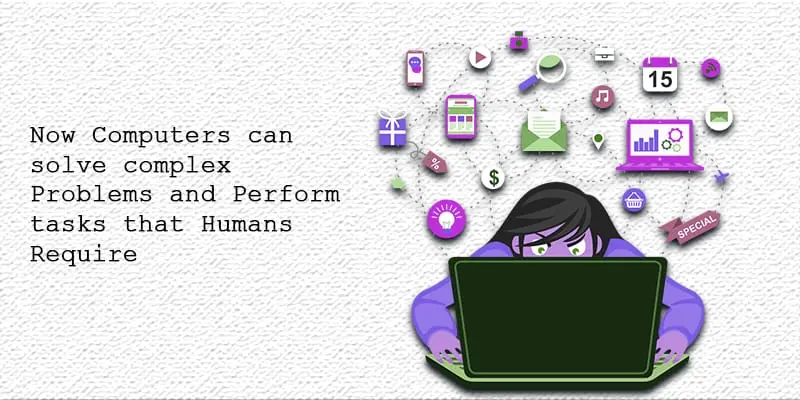
Conclusion about the Generation of the Computer
Computers have come a long way through different generations, bringing new capabilities. From the first generation’s large machines to today’s small yet powerful devices, computers have revolutionized how we work, communicate, and live. Each generation has built upon the last, improving speed and capacity. Future generations of computers promise even more exciting possibilities, from artificial intelligence to quantum computing. As technology evolves, computers will undoubtedly play an increasingly important role in shaping our world.
FAQS – Forms of Computer
UPS for computer full forms?
Uninterruptible Power Supply
IBM in computer full form?
International Business Machines
HHD stand for?
Hard Disk Drive
What are the 6 Generations of computers?
Sixth Generation (Ongoing – Future Generation) The sixth generation is still evolving.

- Be Respectful
- Stay Relevant
- Stay Positive
- True Feedback
- Encourage Discussion
- Avoid Spamming
- No Fake News
- Don't Copy-Paste
- No Personal Attacks

- Be Respectful
- Stay Relevant
- Stay Positive
- True Feedback
- Encourage Discussion
- Avoid Spamming
- No Fake News
- Don't Copy-Paste
- No Personal Attacks
